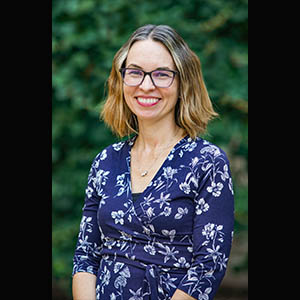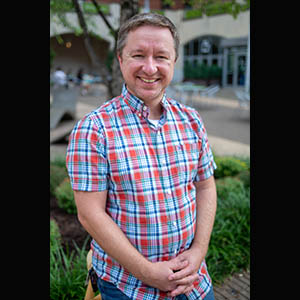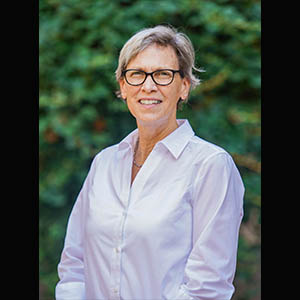Point Park University Faculty Explore New and Emerging Technologies at 2023 Future Readiness Academy Tuesday, June 20, 2023
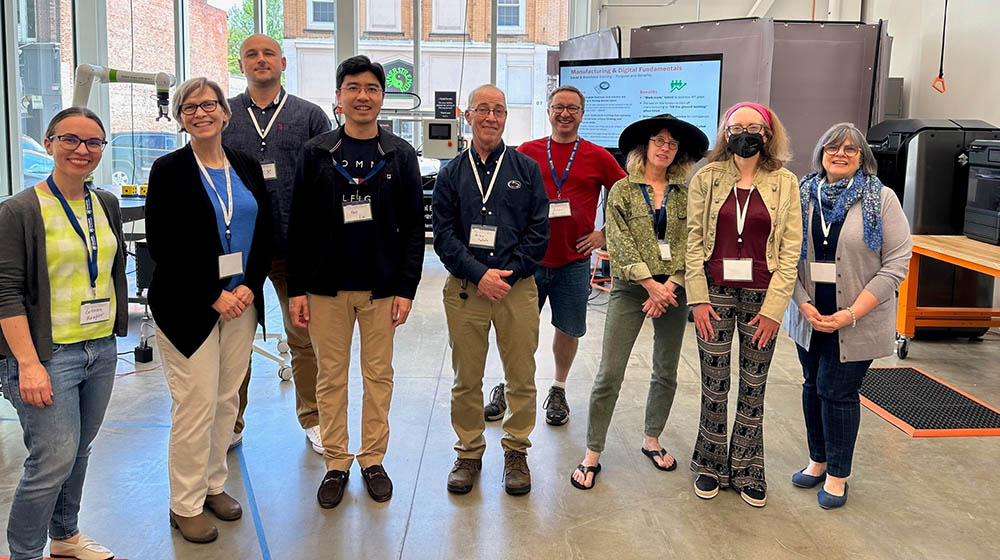
(L-R) Colleen Hooper, Paige Beal, Oleksandr Dobzhanskyi, Yan Liu, Michael Tutolo, Aaron Bollinger, Catherine Drabkin, Jennifer Schaupp and Vincenne Revilla-Beltran at the 2023 Future Readiness Academy, held at Penn State New Kensington in May.
Nine Point Park University faculty from a variety of disciplines explored the impact of artificial intelligence (like ChatGPT), robotics and virtual and augmented reality in higher education at Penn State New Kensington's 2023 Future Readiness Academy.
"Participating in the Future Readiness Academy was one of the best professional development opportunities I've had in my career," said School of Education Professor Vincenne Revilla Beltrán, Ph.D. "We explored questions about what students need to know to thrive in a world of ongoing technological transformation."
According to Colleen Hooper, Ph.D., a dance professor in the Conservatory of Performing Arts, one of the main points of the academy was to cultivate human conscious citizenship.
"This includes redefining our relationship to technology and training our students to become responsible college graduates in the digital age," said Hooper. "We discussed how new advances in technology can be mindfully implemented to improve the human condition."
What Faculty are Saying About Future Readiness Academy
What key takeaways did you learn?
I gained a deeper understanding about artificial intelligence (AI) developed in the 20th and 21st century, and we discussed how ChatGPT functions as a large language model (LLM). I also learned how I can create interactive experiences for my dance history students on the Unity platform. Finally, there are so many possibilities for using virtual reality (VR) and augmented reality (AR) in dance performance and dance teaching pedagogy. The Danceology project that Carnegie Mellon University's Entertainment Technology Center students developed with the Paul Taylor Dance Company is an example of how machine learning can become a dance teaching tool.
How will you incorporate what you learned into the courses you teach?
I will create assignments that require my students to develop prompts for ChatGPT so they can understand how this tool works. As a LLM, ChatGPT's primary task is text prediction. It is good at rote learning and memorization, but the program does not have mental models. My students and I will discuss how we can use it as a collaborator in our learning, and we will delve into the importance of citing one's sources and developing our own ideas.
I am also planning to use the Unity platform to develop online interactive dance history environments that students can contribute to during the course. Finally, I would like to seek funding for the dance department to develop choreography that can be viewed in VR/AR. We have so many talented faculty and student choreographers, and it would be wonderful to expand our technological offerings.
What key takeaways did you learn?
The four-day intensive included presentations by Penn State University and Carnegie Mellon University faculty who are experts in AI, VR, AR, robots, creativity, LLM's, Industry 4.0, machine learning, human consciousness citizenship, ethics, data visualization, etc., and the latest technologies and software and how these can shape pedagogy, curriculum and courses across the curriculum. We engaged in hands-on experiences and intense discussions, all designed for us to think of direct applications to our own professional practice.
Is there anything else you’d like to add?
Technologies are evolving at a rapid pace, and it's so important to stay up-to-date with how these impact teaching and student learning. It's essential to share the latest innovations with our students. More importantly, we must teach AI literacy and how technological advances can be used to improve the human condition for all.
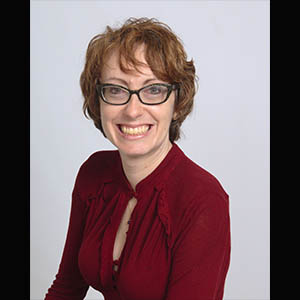
Jennifer Schaupp, Ph.D. candidate
What key takeaways did you learn?
Technology is the future. We, as teachers, can collaborate with faculty and staff in other departments and universities — as well as our students — to make sure they are receiving meaningful opportunities that can benefit their careers.
How will you incorporate what you learned into the courses you teach?
I hope to continue to talk to the faculty who attended the academy from Point Park and other universities about open educational resources (OER), so I can affordably introduce some of the concepts we learned into class. For example, VR and AR provide such great simulation opportunities for theatre and writing students. It's just a matter of funding for the hardware. ChatGPT is free and poses opportunities to aid student writing in terms of mechanics and grammar. The keyword is aid rather than substitute, as I continue to value the brainstorming and human aspect of creative writing.
What key takeaways did you learn?
Many technological advancements are picking up momentum and are changing the professional and educational landscape. AI, VR, AR and robotics should have a place in the classroom because they are going to be common tools in our future like the internet and smartphones are now.
How will you incorporate what you learned into the courses you teach?
All of this technology is still in its growing stage, so we will be adapting and growing with it. However, in an educational environment, we have the opportunity to study and explore how it can improve our processes, efficiencies and product.
What key takeaways did you learn?
The key takeaways for me were primarily AI-focused. While there clearly needs to be regulation around AI, the opportunities for education can still be significant. The Point Park focus on an experiential classroom fits well with the opportunities AI presents and discourages abuse. The specificity of working on sequential projects with a particular client (marketing) or shadow experience (SAEM 101) means that students will need to continue do their own critical thinking.
How will you incorporate what you learned into the courses you teach?
My marketing classes have already worked with ChatGPT as a way for students to get a start on creating content for their clients. In this sense, students are learning how to form good questions – ones that will give them the best output. Then they need to take a critical look at the output to correct and embellish the content generated.


